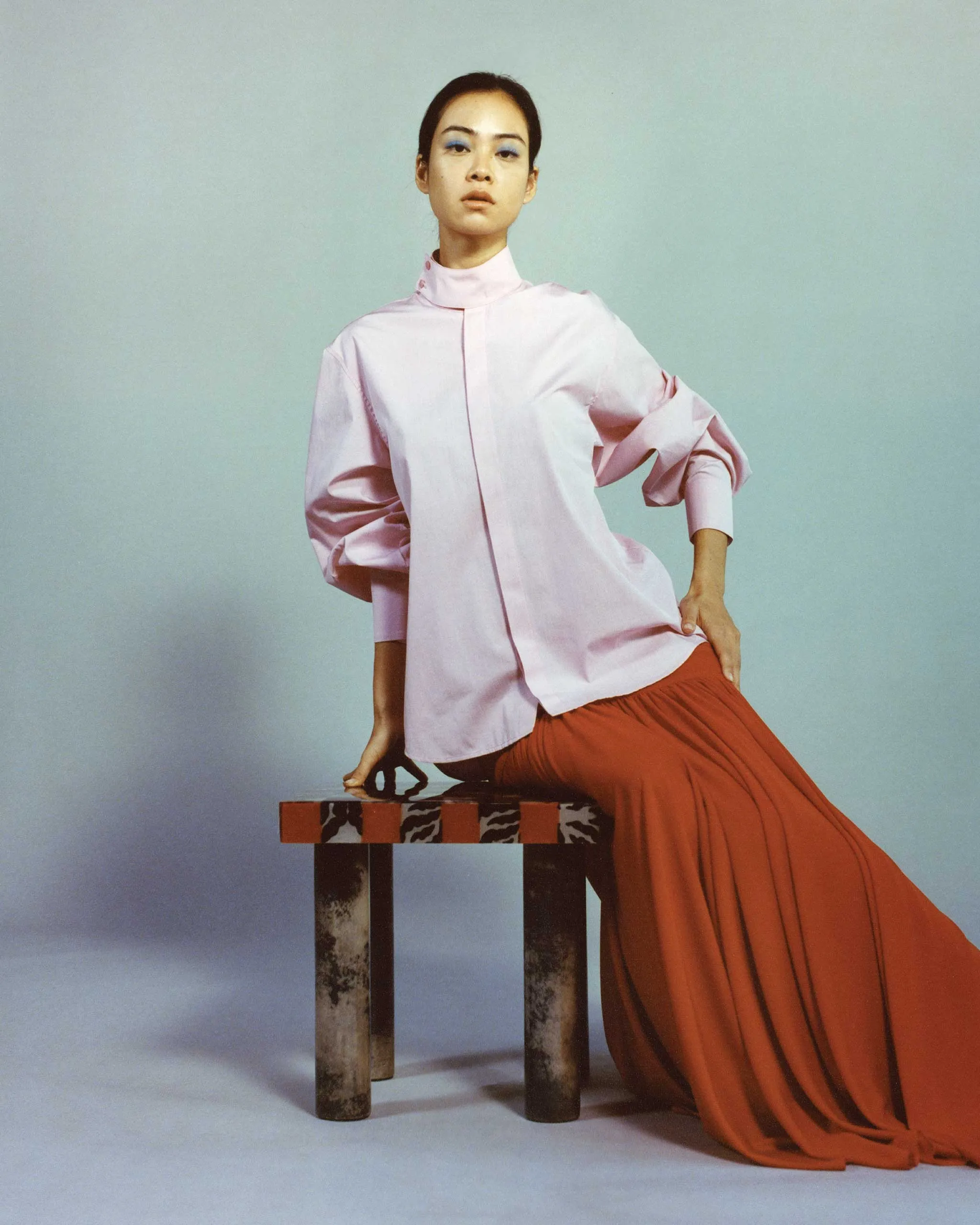RUAM-TOH is the collaboration between Art Resources and Shone Piupia. Courtesy of Shone Piupia
Vogue Philippines deputy editor Trickie Lopa discovers a buzzing creative scene in Bangkok, and lays out her two-day itinerary.
The first intimations of how buzzy Bangkok had become to the art world hit me a little more than a year ago in Hong Kong, on the first day of the city’s art week. I ran into a curator friend, German nationality, long based in Asia, and as someone who works with museums and private foundations and art collections, sits in-the-know. He didn’t even say hello. Just went straight to: “If there’s anything you do this week, go to the dinner tonight hosted by the Bangkok people. The energy’s insane. It’s the most exciting scene in Asia right now. And trust me, you’ll have fun.”
I texted a friend who floats through the global art circuit, and she said the same thing. “Come with me,” she invited.
And so I found myself enjoying superb Thai food by chef Prin Polsuk at Samrub Samrub Thai, at a dinner hosted by Bangkok CityCity, Nova Contemporary, and Philip Huang NYC — a trio I’d later understand as not just collaborators, but some of the key players in the emergence of the Thai capital as Southeast Asia’s art city du jour.
I was seated beside Kulapat Yantrasast, a Thai creative contributing in a major way to shaping the international art landscape. As the principal of the firm WHY, he is the architect behind major museum projects such as the Michael D Rockefeller wing at the Metropolitan Museum of Art in New York, the renovation of the Louvre, two private art spaces in Thailand, and even Contempo, Manila’s contemporary art museum project slated to open in a few years.
The food, the company, the conversations, all contributed to that evening’s mood. There was a charge in the air. A sense that something big had begun.
Fast forward to 2025. When offered the chance to join some art colleagues and friends for a series of events for the long Labor Day weekend in Bangkok, I immediately said yes.
Day 1
Nova Contemporary
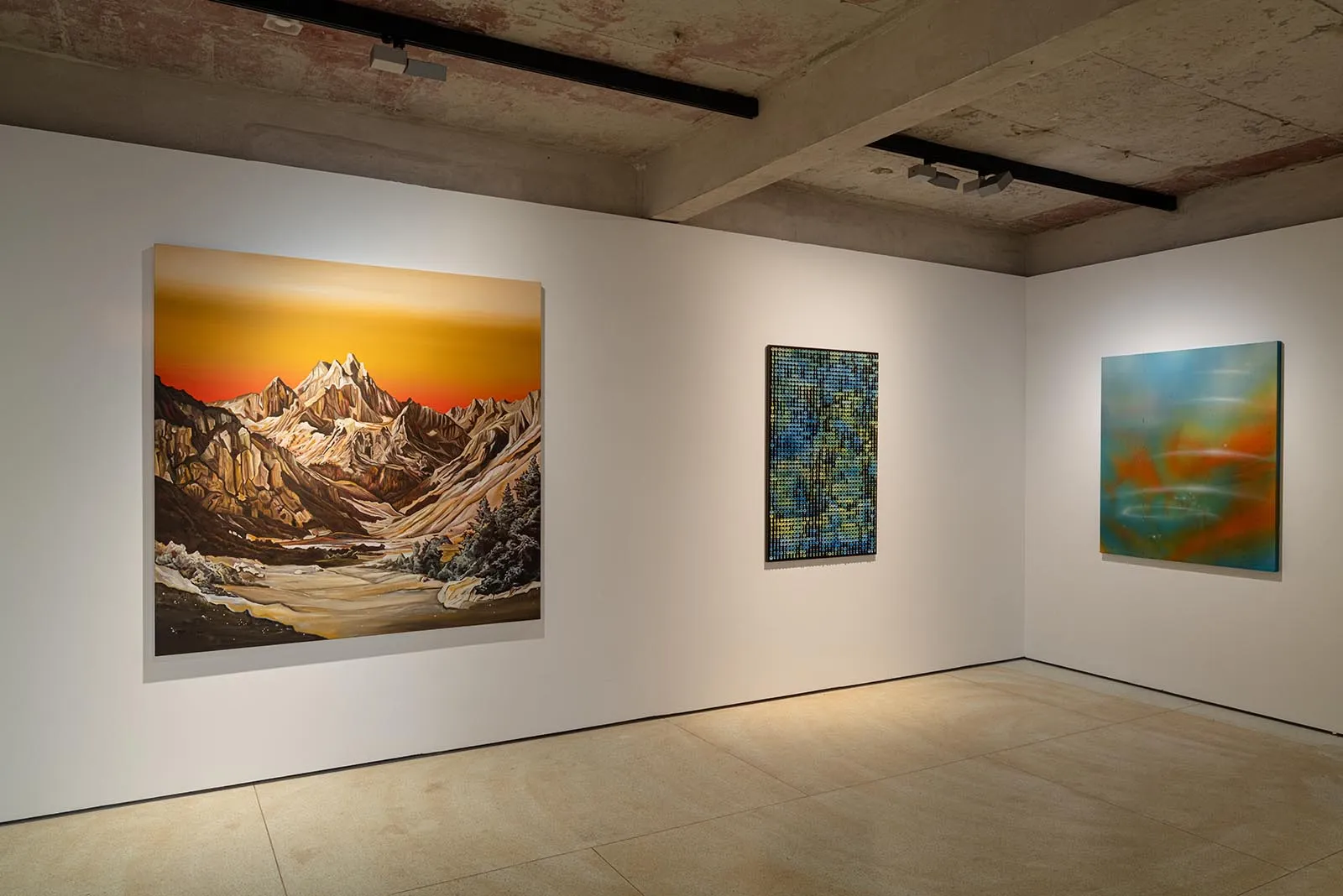
Sutima Sucharitakul, founder of Nova Contemporary, inaugurated more than her new gallery at the end of April. She gave birth to her first born on the same day that the eight-year-old space opened their first exhibition at their brand new venue. Now located at the city’s former business district of Bang Rak, thirty minutes via Grab from my hotel at Ploenchit Road, Nova Contemporary took over a five-story former shophouse, with their opening exhibit spread out over three floors.
Choosing to visit Nova Contemporary as the first stop of my Bangkok art and design hop proved prescient. AFFINITIES brought together 28, mostly Thai, artists from various generations and practices, providing me with both an introduction to and a revelation of Bangkok’s art landscape. I got an overview and a sense of how, as is true for most art scenes the world over, familiar names (Montien Boonma, Mit Jai Inn, Korakrit Arunanondchai) intertwine with the unfamiliar but equally important (Araya Rasdjarmrearnsook, Pam Virada).
Soi Sa:m and Shone Piupia
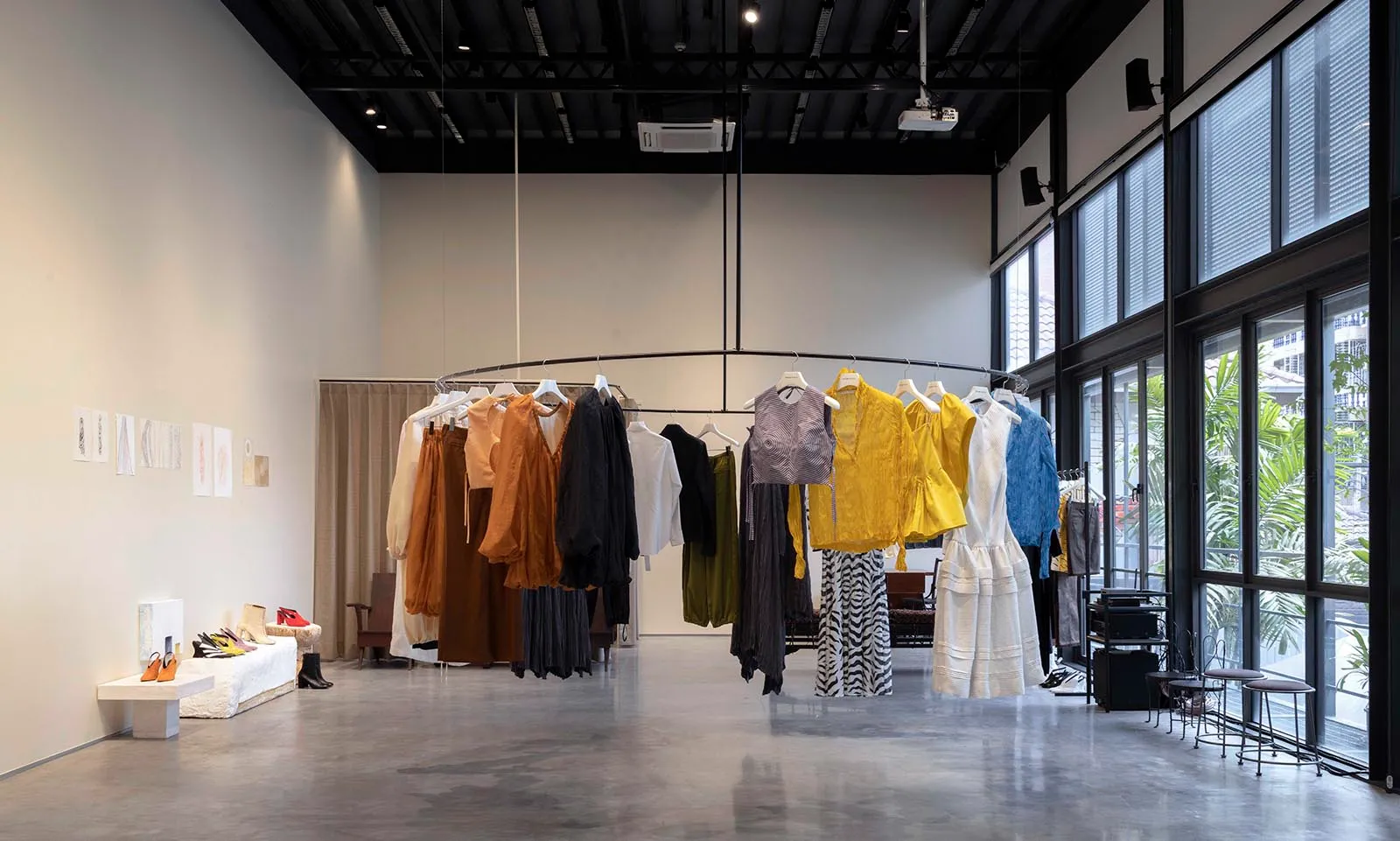
Creative genes run deep in fashion designer Shone Piupia, the son of two celebrated artists, Pinaree Sanpitak and Chatchai Piupia. At Soi Sa:m, the compound once home to his parents’ studio, he’s conceived a sanctuary for his eponymous brand and design projects. His workshop, showroom, and archives sit in a multi-level glass and metal structure flooded with natural light, glimpses of lush greenery peek through.
Shone studied fashion at the Antwerp Academy of Fine Arts, whose notable alumni include Dries Van Noten and the rest of the Antwerp 6, Martin Margiela, and Demna Gvasalia. He works extensively with Thai silk and other Thai textiles, but also sources fabrics from varied locales. “Material is central to my process. I’m always playing with color and combining different materials in unexpected ways. Many of the pieces are unisex — that’s intentional. I like pushing the boundaries of familiar fabrics. Denim, for example, that I needle-punch — the threads are literally scratched out to create a textured surface.”
A made-to-order footwear line complements the apparel. Crafted in soft eel skin and supple leather, sculptural boots and flats feel light and easily wearable, statement pieces that walk comfortably.
“I usually present one main collection a year. We don’t really follow traditional fashion seasons. I think of each collection as a chapter in a growing wardrobe — they build on each other, so there’s continuity and evolution over time.”
Bangkok Kunsthalle
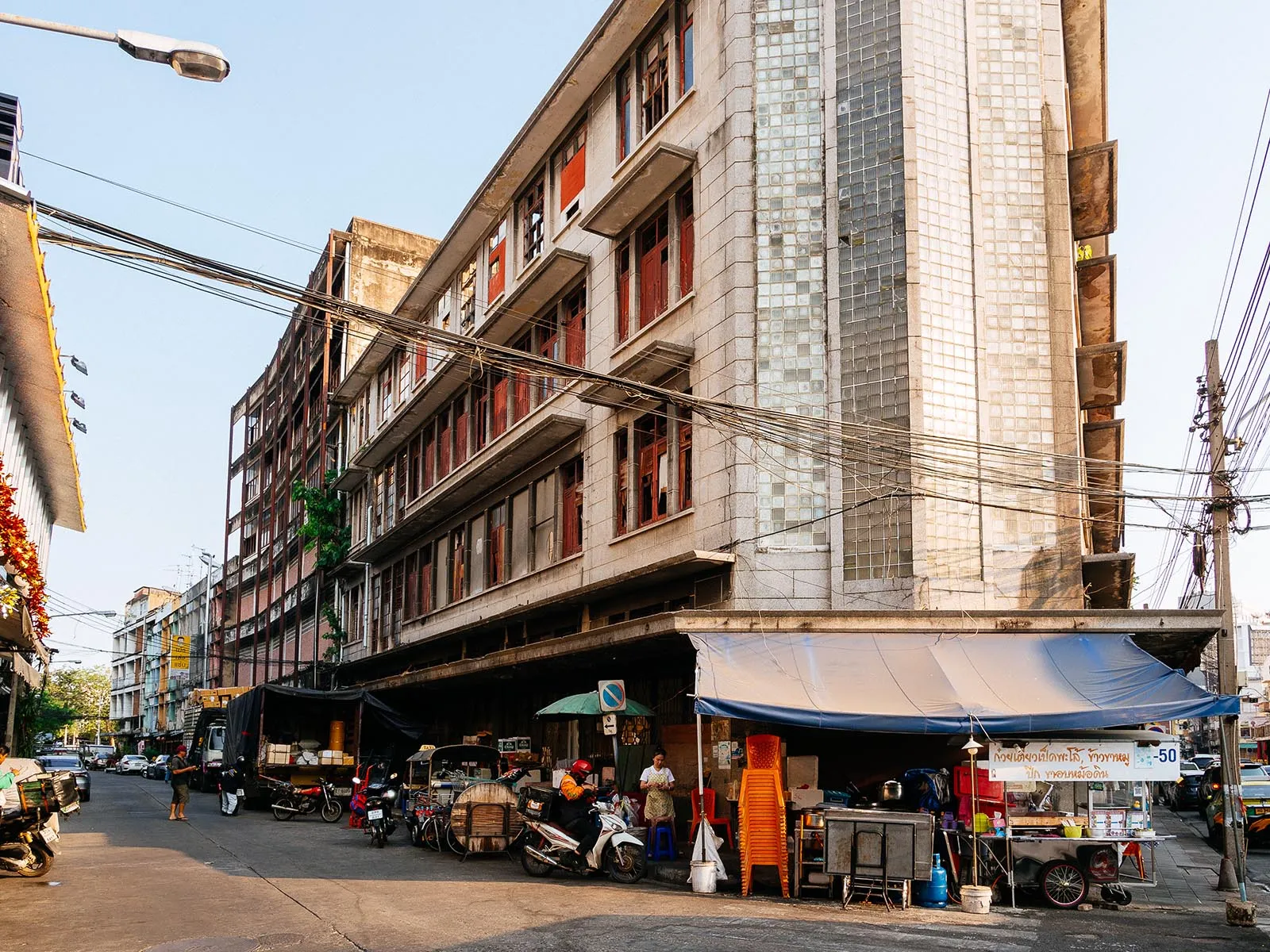
I planned my entire itinerary around my visit to the Bangkok Kunsthalle, arguably the most anticipated institutional opening in Southeast Asia in 2024. It felt like the axis around which the rest of my Bangkok Art Hop revolved.
The space itself was both expected and unexpected, the kind of place you think you’ve already imagined, until you’re standing in it. Built circa 1935 as the Thai Wattana Panich headquarters to house the largest printing press of educational materials in Thailand, it sits in the edges of Yaowarat, aka Chinatown. As the Kunsthalle, it’s a repurposed structure, the kind of adaptive reuse we’ve come to associate with contemporary art spaces. However much I anticipated, the space did still manage to exceed my expectations, delivering surprise after surprise as we walked through the interiors. Its vastness is astounding, three buildings connected as one complex, each hall singular in its potential to host contemporary art.
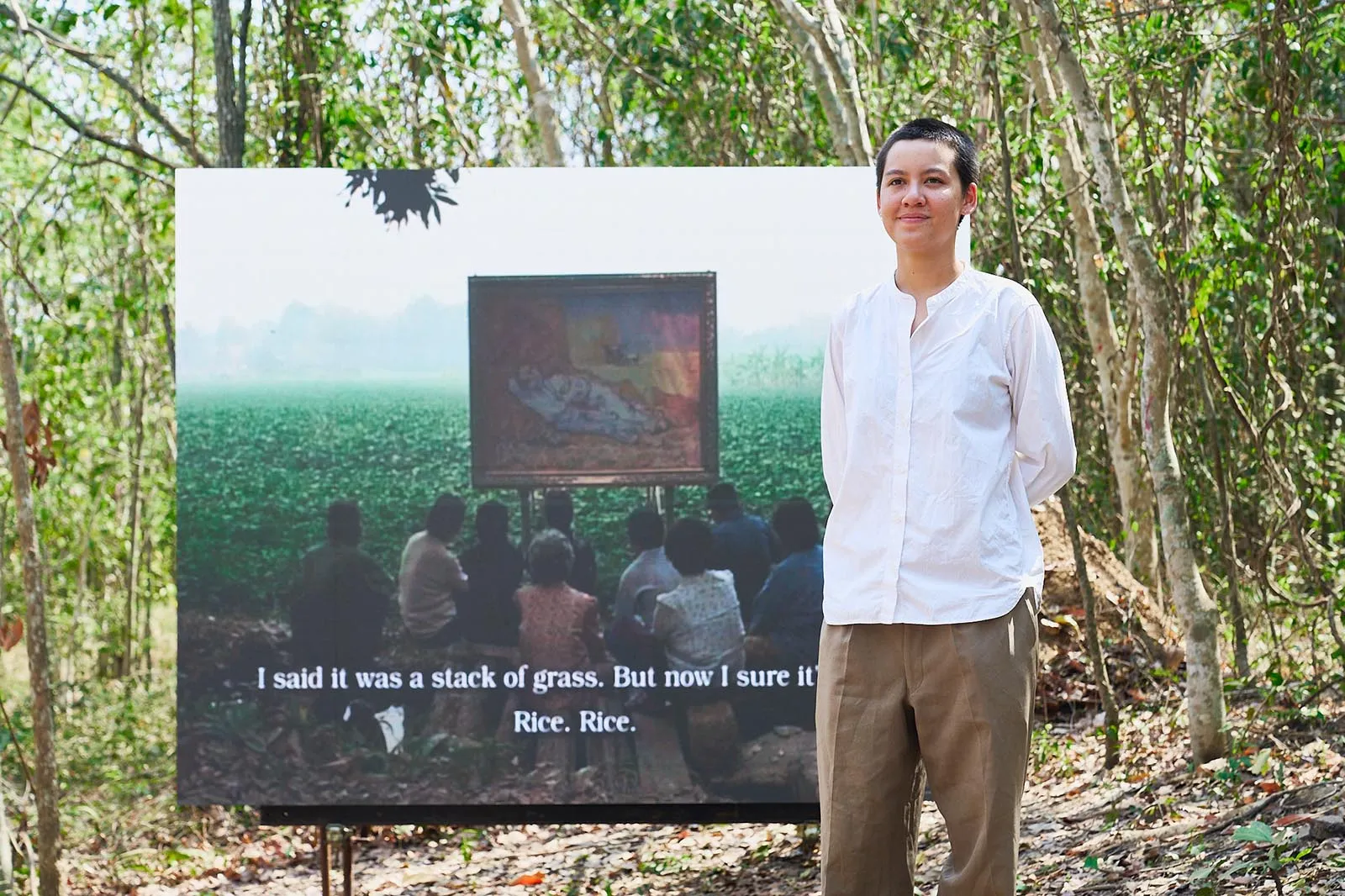
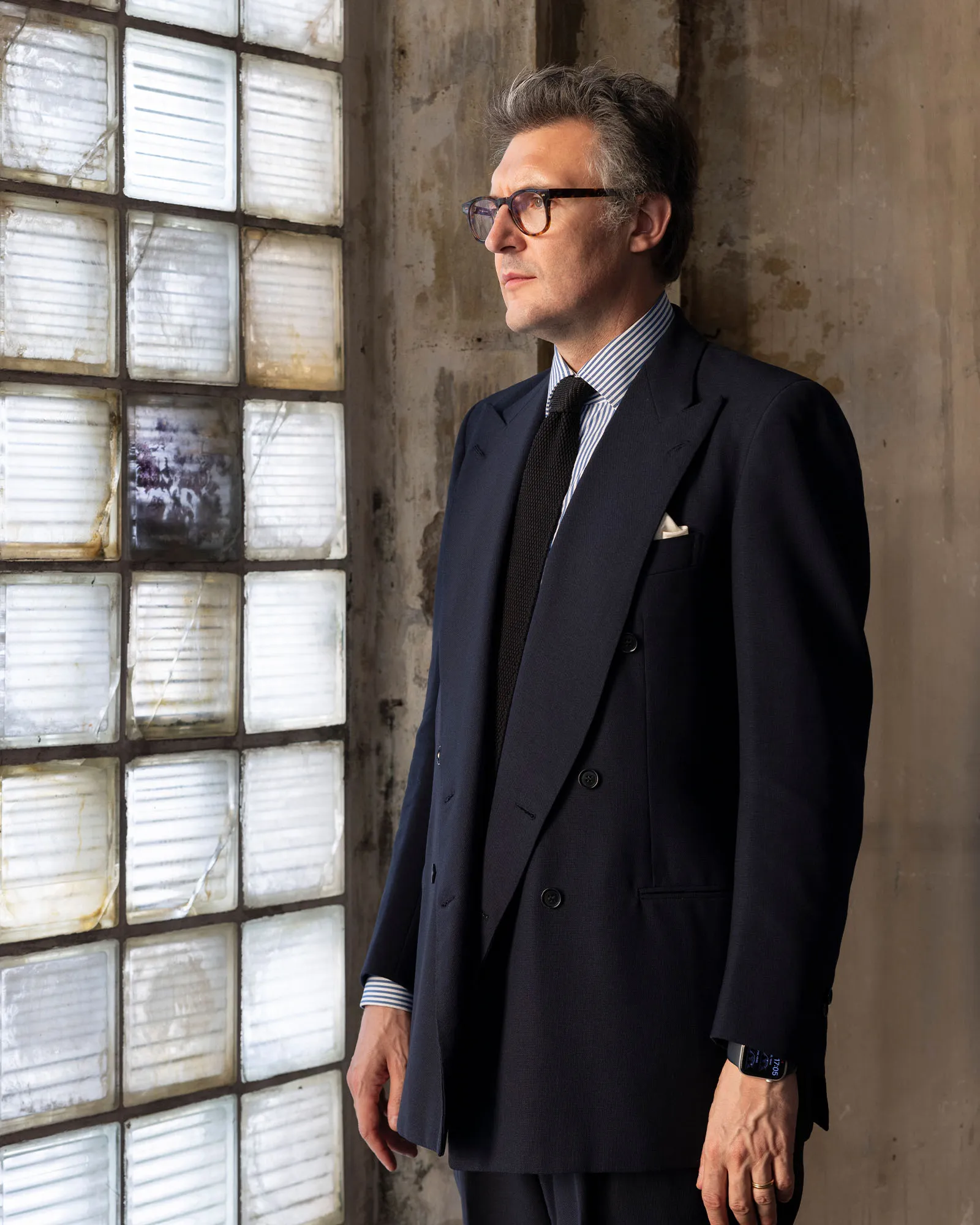
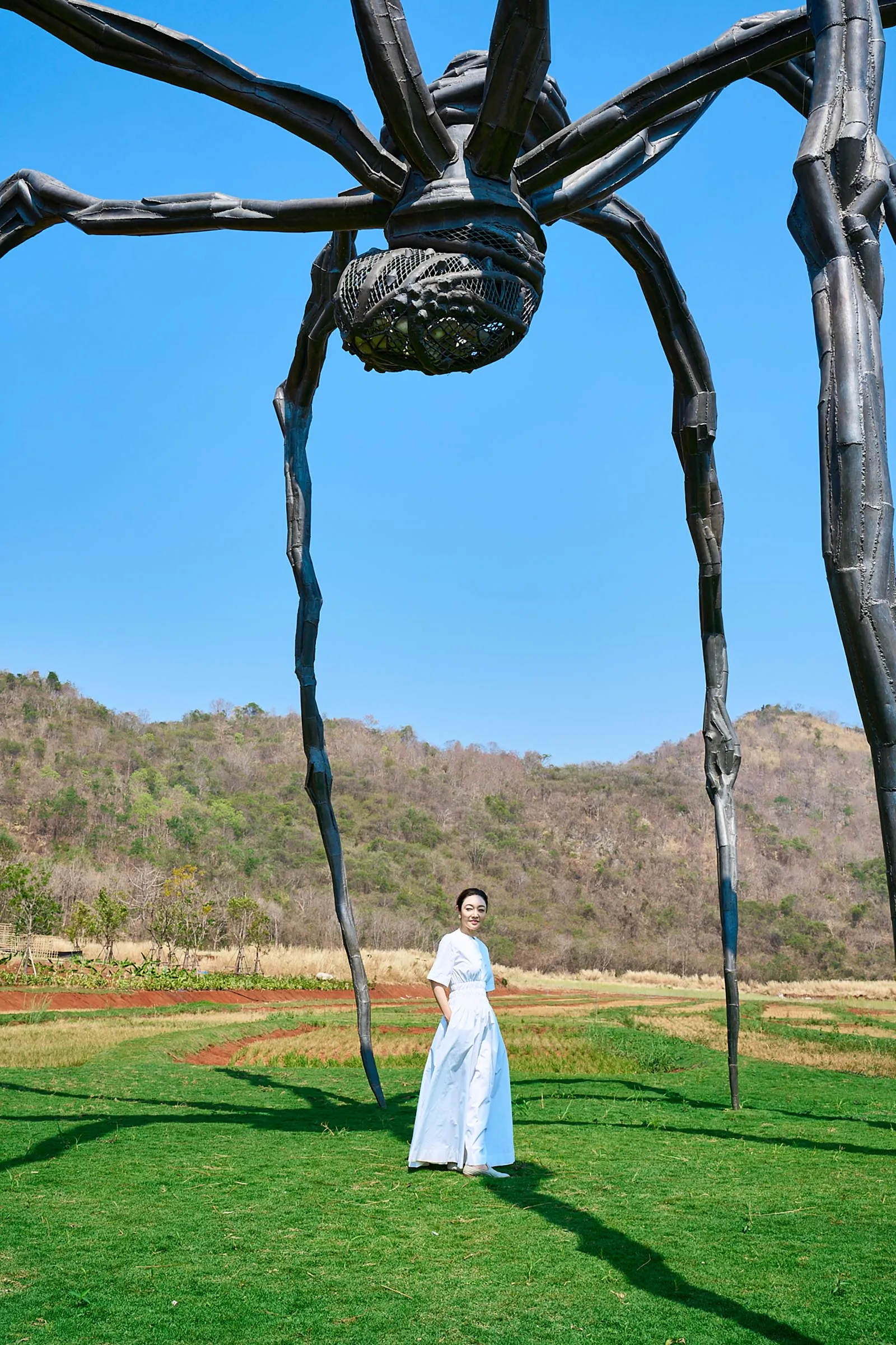
Photographed by Krittawat Atthsis and Puttisin Choojesroom
The building caught fire in 2001, and had sat derelict for close to 25 years. Enter Marisa Chearavanont, philanthropist and passionate art patron, who has become a firm believer in the power of art to heal. As the founder and president of Khao Yao Art, she is the guiding light behind the latest incarnation of this structure as an art space. Khao Yai Art is also the group behind the Khao Yai Art Forest, an outdoor art space three hours from Bangkok. Together with Stefano Rabolli Pansera as director, they have sought to mount a curatorial program that will establish both spaces, and indeed Bangkok, as vital hubs in international art conversations.
Warin Lab Contemporary
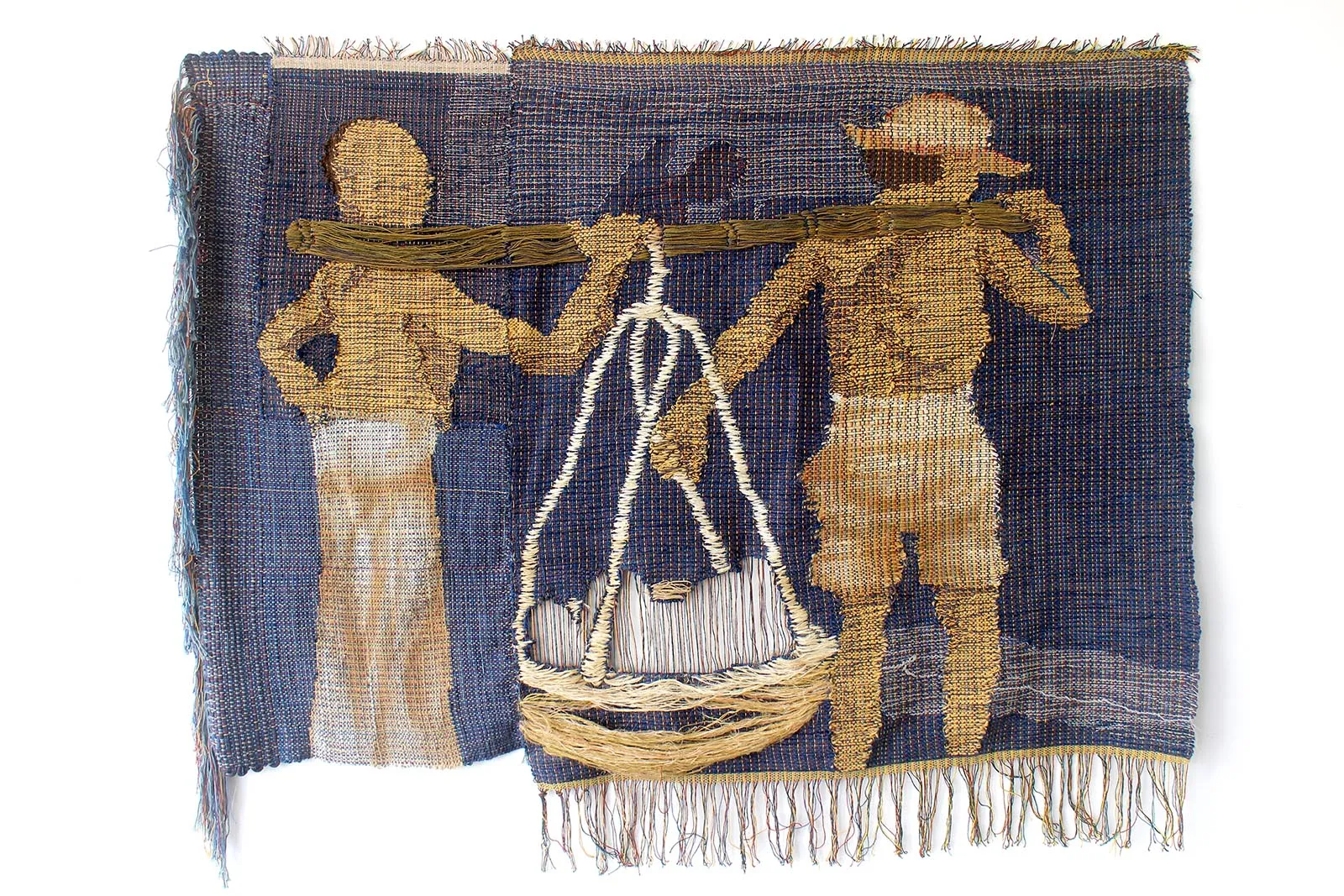
The lost pineapple cannery I
2025
Natural dyed pineapple leaf fibre,silk and cotton yarn
115 cm x 88 cm
I didn’t plan on Warin Lab Contemporary as part of my day’s itinerary.. Between the Kunsthalle, a birthday dinner, and the ever-unpredictable Bangkok traffic, I didn’t feel like I could squeeze in one more stop. But when I found out that Clara Peh, whose previous shows I had seen in Singapore, curated the current show, I felt I had to make time.
You could tell the space had history, tucked as it was in a picturesque riverside compound, with cafes and a jewelry store in its environs, I later learned that the 100-year-old site once served as the residence of Dr. Boonsong Lekagul, Thailand’s father of wildlife conservation — and suddenly, everything about the place made sense.
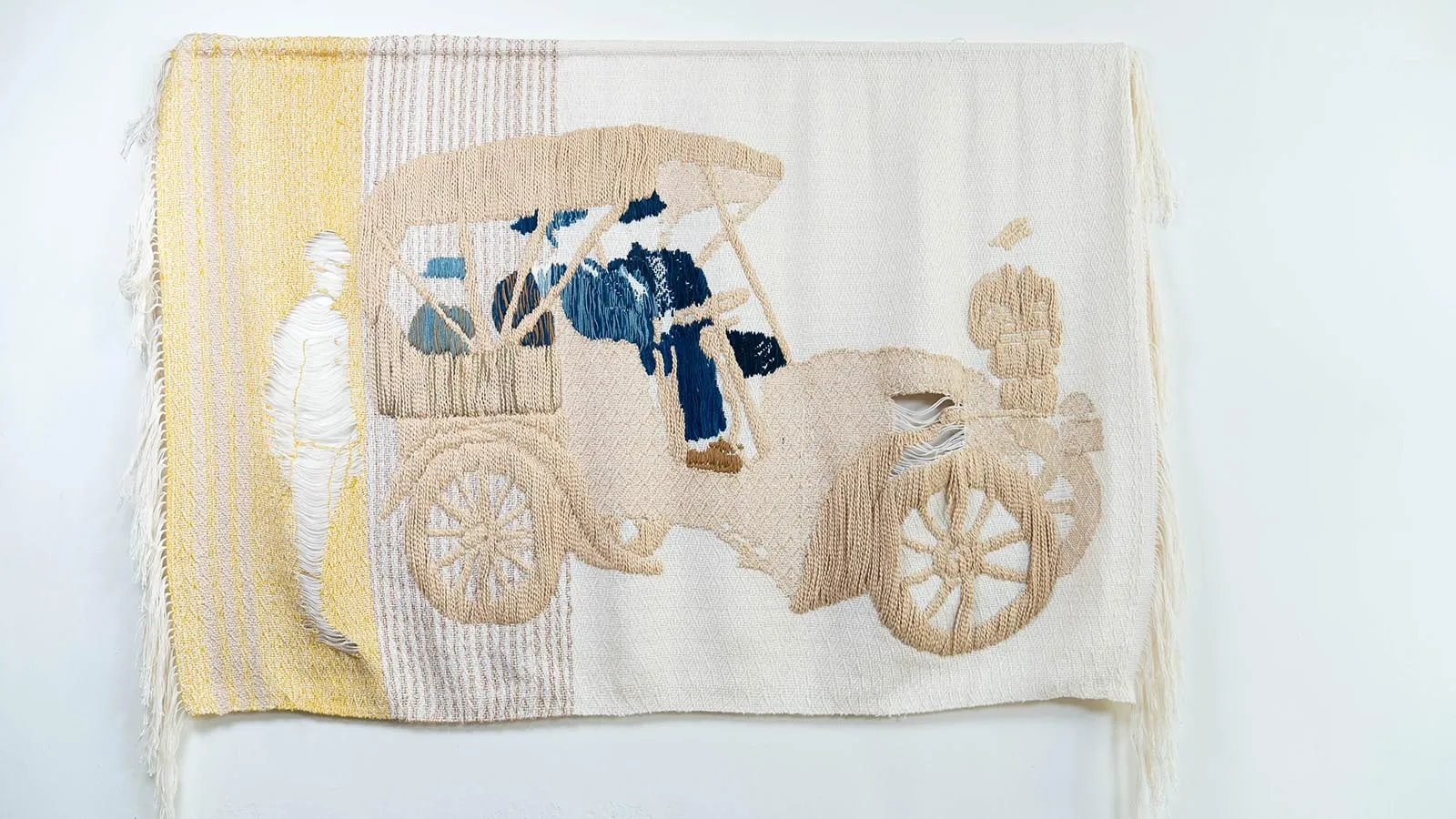
2024
Natural dyed pineapple leaf yarn, cotton yarn, and silk yarn
103 cm x 75 cm
The space was founded in 2021 by Sukontip Fon Nakasem, also the woman behind La Lanta Fine Art, a name familiar to us at Art Fair Philippines. “I wanted a space that would veer away from the commercial art space. I wanted a home for experimental, research-driven work, focused on the environment and ecological issues, a deliberate counterpoint to the focus of La Lanta.”
The current exhibition, After the Pineapple by Malaysian artist Cheong See Min, is a meditation on fruit, fiber, and familial memory, with beautiful, delicate fabric pieces on view.
Day 2
Gravity Art Space at the V20 Hotel
A Pinoy gallery in Bangkok? Apparently, yes. The location? Chatuchak — better known for its sprawling weekend market than contemporary art. And that’s how I found myself, on the second day of my art hop, pacing through its backstreets in search of the V20 Boutique Hotel.
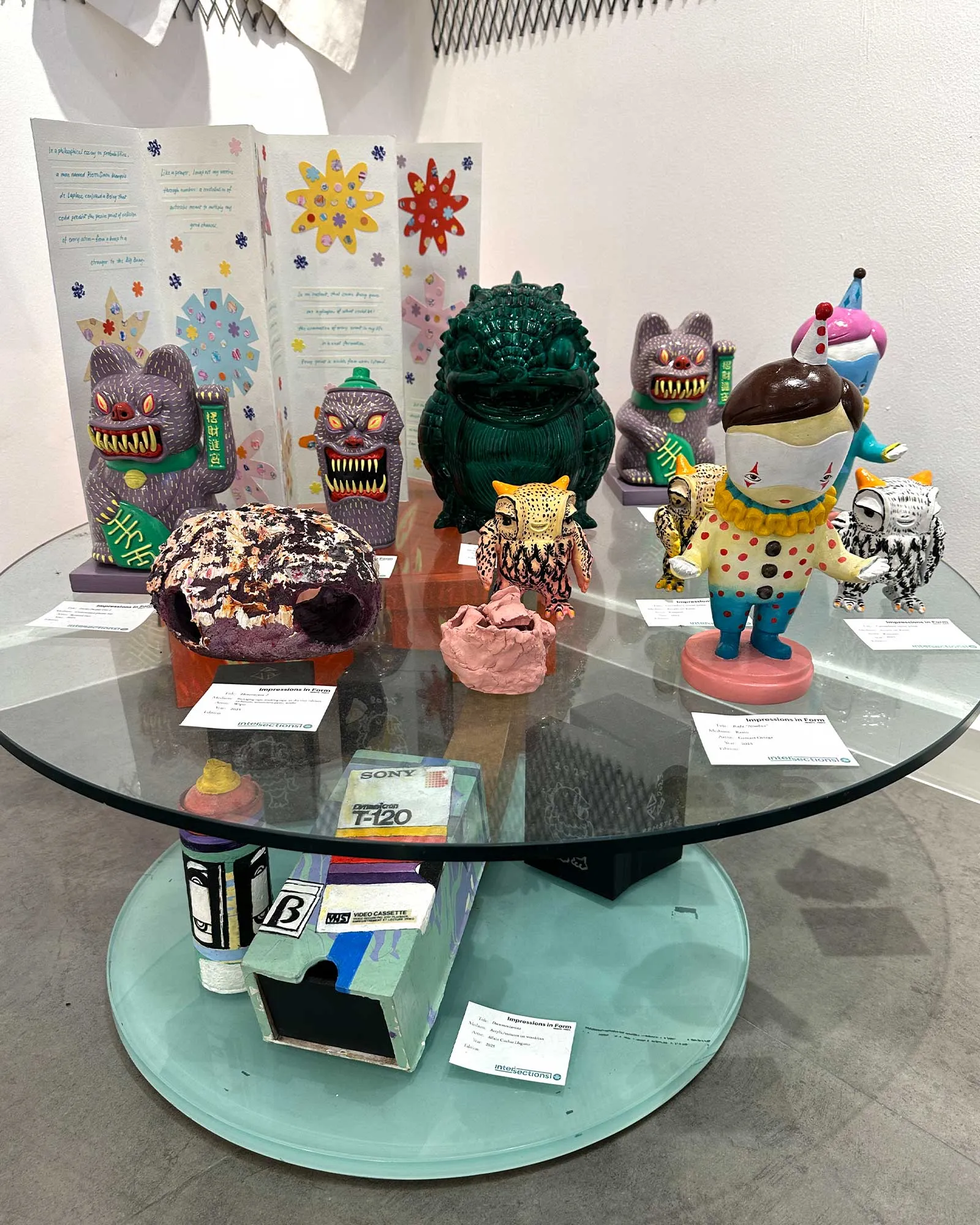
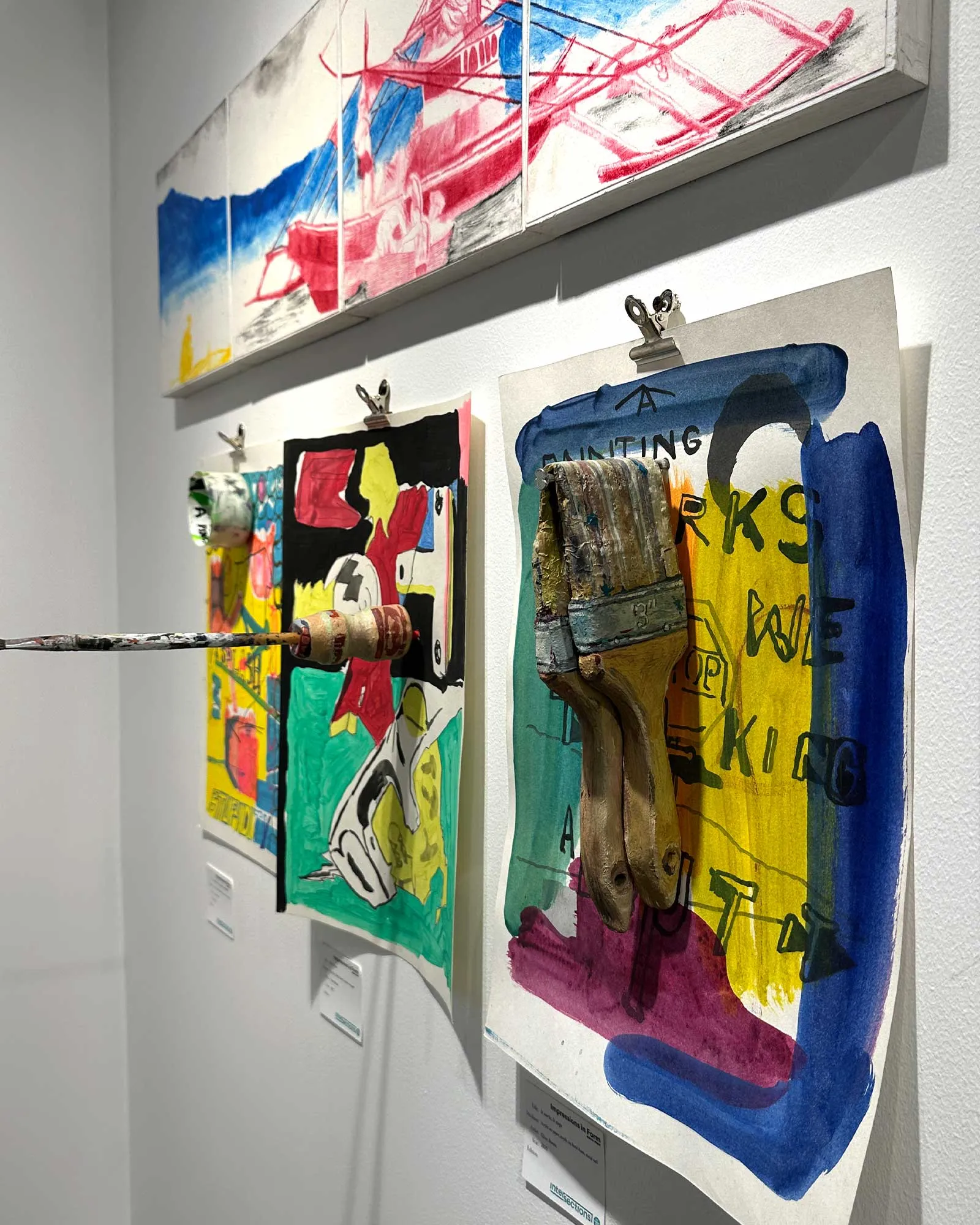
Gravity Art Space (GAS) Bangkok sits just to the left of the lobby, a small white cube tucked inside this modest, family-style hotel in a quiet part of the district. Their inaugural show, Impressions in Form, was first mounted as part of Intersections Art Summit organized by the gallery. The group show features some very familiar names: Elmer Borlongan’s prints, Henrielle Pagkaliwangan’s drawings, Ling Quisumbing Ramilo’s assemblages.
A conversation with Poj Sopha, one of two brothers who run the hotel, revealed that GAS didn’t stop at the lobby. They’ve curated the entire hotel’s public areas. Works by Filipino artists like Egg Fiasco, Gino Bueza, and Jan Sunday line the hallways, while the parking area out back has been transformed with murals by Filipino street artists. A CBD café is also in the works — to be run by GAS — envisioned as a new venue for art events and community gatherings.
“Bangkok made sense,” says Indy Paredes, founder of Gravity. “It’s culturally vibrant, easy to access, and welcoming to new initiatives. And for Filipinos, no visa needed, just a three-hour flight — about as long as a bad day in EDSA traffic. Opening Gravity Art Space Bangkok lets us keep the momentum going and support ongoing collaborations between Filipino artists and the region.”
Bangkok CityCity Gallery
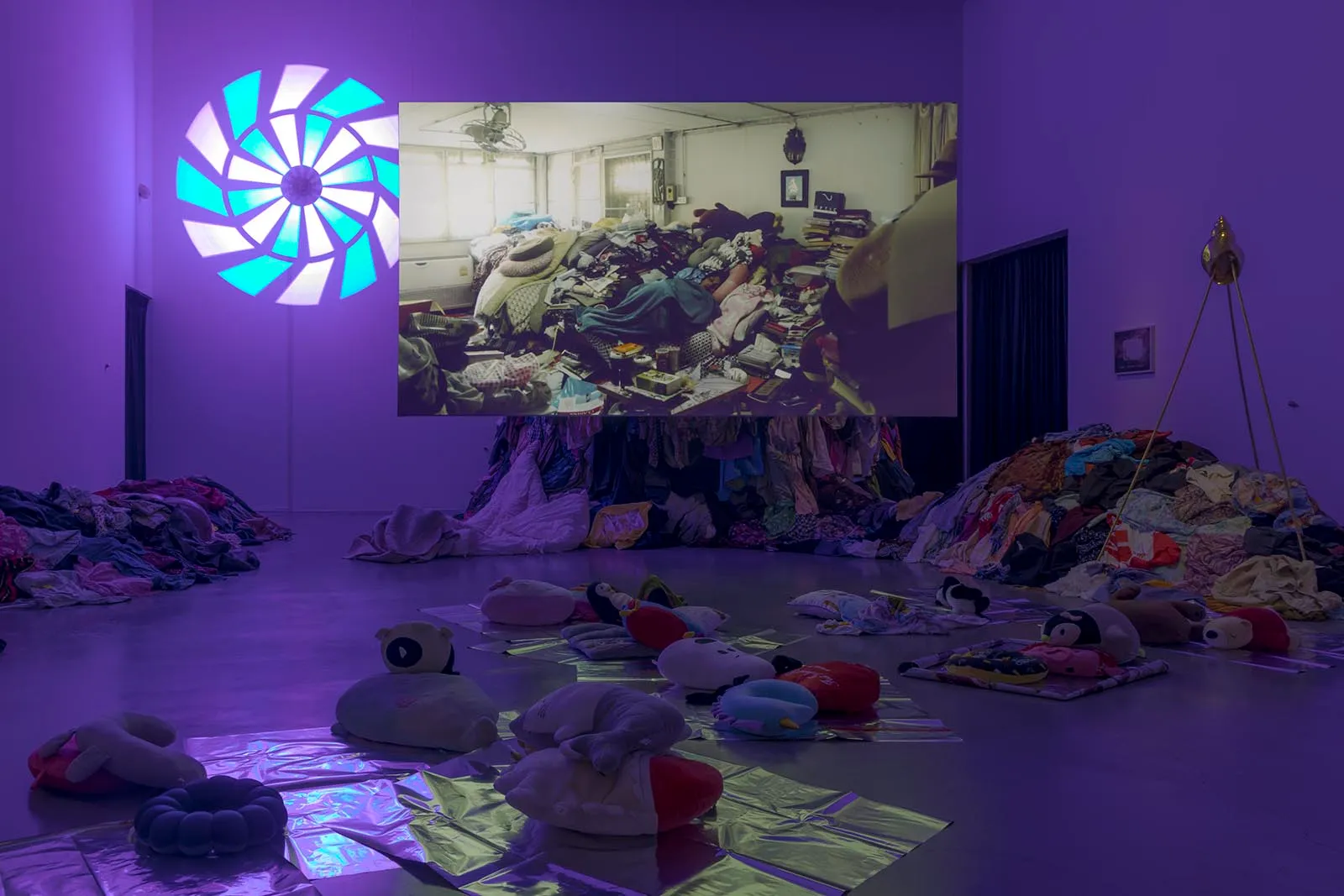
If there’s one name that consistently surfaces in conversations about Bangkok’s rise as a contemporary art capital, it’s Bangkok CityCity Gallery. Founded by life partners Akapol Op Sudasna and Supamas Phahulo, the space turns 10 this year.
The gallery’s program occupies that interesting space between a commercial gallery and an art center. They don’t just do exhibitions. They also organize publishing projects and initiated the Bangkok Art Book Fair in 2016. Large-scale curatorial initiatives like Ghost, a triennial film festival they launched in 2018, brings together artists, performers, and thinkers from across the region and beyond.
In a long conversation with Op on the day of my visit, it became clear that CityCity isn’t just a gallery. It is a hub, a cultural node, a kind of base camp for artists and ideas to gather, a vital meeting point where ideas, artists, and audiences intersect. It’s a space that invites risk-taking and exchange.
If the current show is any indication, CityCity mounts fantastic exhibitions too. I A Pixel: We the People by Chulayarnnon Siriphol, is a series of video work, old and new, presented in a powerful installation that makes the viewer move from screen to screen while wading through monumental mounds of old clothes. The used garments, hoarded by the artist’s parents, serve as a form of family archive, in the same way that the films are the artist’s. The effect is immersive, disconcerting, yet totally satisfying.
Philip Huang NYC
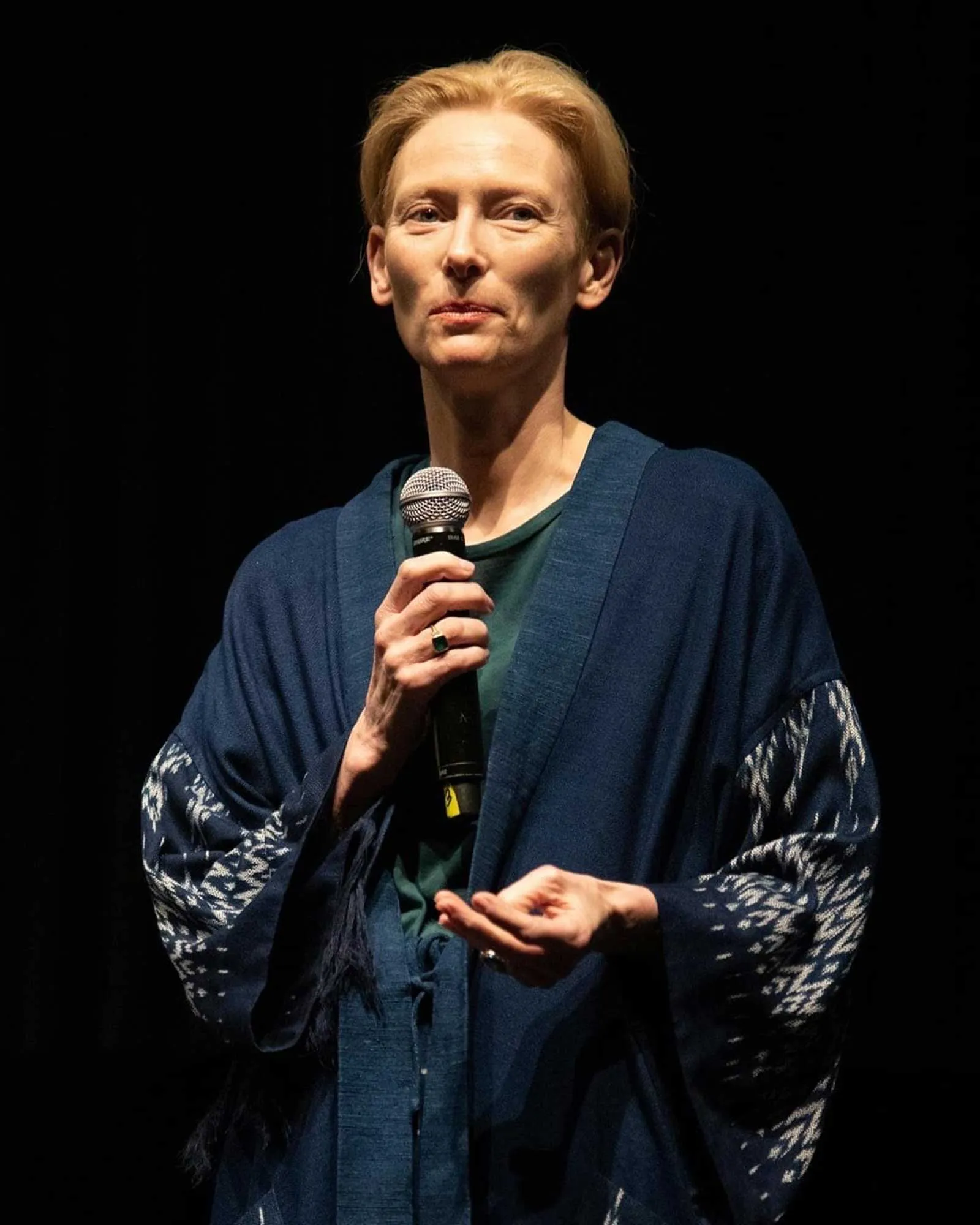
Philip Huang and Chomwan Weeraworawit occupy a unique presence in the Thai art scene. They sit at the intersection of art, design, and craft, often blurring the boundaries between them. They founded the apparel brand Philip Huang NYC in 2016 to work primarily with the traditional indigo dyeing practices of the artisans in Sakon Nakhon in northeastern Thailand.
Through the brand, they collaborate with artists and communities. They designed the Rikrit Jacket based on the workwear of the artist Rirkrit Tiravanija, for instance, to emulate his daily uniform, dyed in natural pigments like mango and rosewood.
Chomwan took part in the 2022 edition of the Bangkok Biennale as one of its curators, just one of her forays into the art world. They have taken the brand to pop up in global art events, earlier this year for Art Basel Hong Kong, and just this May, for Munich Gallery Weekend.
Their showroom, currently housed in a midcentury heritage structure where they also live with their young family, is spacious and green. I arrived expecting to browse clothes; instead, I found myself elbow-deep in indigo, tie-dyeing t-shirts with the same natural dyes used in their collections. Massive clay jars, fabricated by the artist Pinaree Sanpitak in her signature stupa-like form, serve as dye vats. It was meditative, a little messy, and unexpectedly joyful — an access into the process that defines their work.
Chom brought out a lovely lunch, and over the course of the afternoon, the showroom transformed into a kind of salon. We ended up a loose gathering of visitors: some art world friends also in the city for various events, others from Philip and Chom’s own circle of designers and creatives.
The clothes themselves are loose and breathable, easy to wear jackets, drawstring pants, polos, hats, and their trademark socks. The Tilda Robe, made for Tilda Swinton, incorporates ikat weaves. A ladies wear line is set to debut soon.
How to define Philip and Chom’s role in Bangkok’s art and design scene? They’re thinkers, connectors, and stalwarts of Bangkok’s broader creative ecosystem.
- Trickie Lopa’s Wardrobe Reflects the Creative World She Navigates
- What Participating Artists and Attendees Thought of Art Fair Philippines 2025
- The Filipino Artists Are Present: Roberto Feleo and Eisa Jocson Take Asia Now in Paris
- Interior Designer Tessa Alindogan Takes Style Cues from Design and Life
